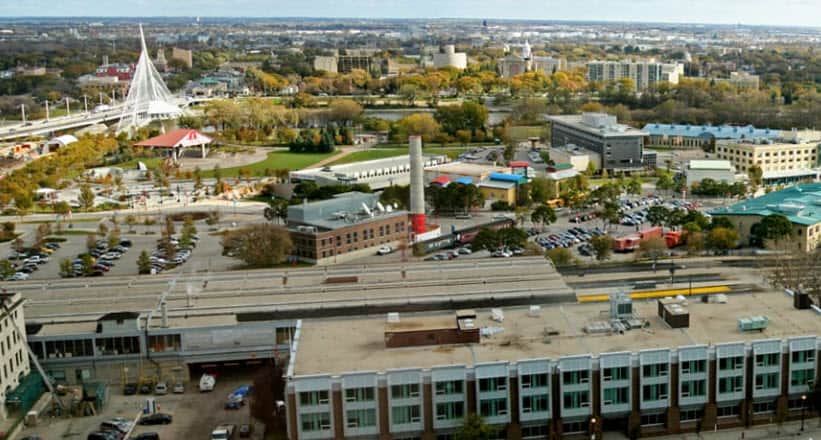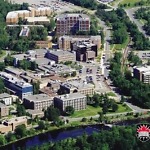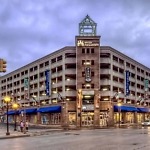FNP Parking Relies On Technology For Their Success

Integrate all necessary tools
As one of the major parking suppliers for commuters and monthly parkers in Winnipeg, Manitoba, FNP Parking wants to ensure a seamless user experience especially for their premier tourist destination The Forks. Before they started using the OperationsCommander platform, FNP Parking was managing its 4,000 parking spaces through three different platforms. They weren’t able to easily combine all the information into a single database, so managing the parking lots took a lot more work than it needed to. However, after choosing to use the complete OPS-COM platform they were able to improve the way they handled existing demand, as well as streamline administration practices and expand their services.
Initially, FNP Parking was using a combination of a Tannery Creek LPR solution, Paris Integra permitting & financial platform, and Luke II Pay-by-plate parking meters. The LPR solution didn’t support an integration with the financial and billing software, so the information from both platforms had to be processed separately. Not only that, but neither of the platforms worked very well with the parking meters. The overall setup was inefficient, and didn’t leave much for a smooth future expansion.
The challenge for OperationsCommander was to provide a parking solution that integrated with both the existing financial software and the existing parking meters. To start out with, FNP Parking bought a complete OPS-COM platform, which included ParkAdmin, ViolationAdmin, and a comprehensive LPR solution. At the time of purchase the OPS-COM platform didn’t fully replace the Paris Integra platform, so an entirely new module was developed, called FinanceAdmin. By the second year of using the new platform, the FinanceAdmin module was added on and fully operational. Having all the customer data in one place helped the administrators handle permits for individual users and companies, enabled PCI compliant automatic renewal of permits, and incorporated direct billing. But this time, everything was processed through one platform instead of two, and it was possible to view and manage user profiles and financial information from the same database.
Parker Self-Service
Rather than requiring a new installation of compatible parking meters, the developers at OperationsCommander were able to integrate the existing Luke II meters with the new software using an API. With this and the FinanceAdmin module, FNP Parking’s needs had been answered. Two of the old platforms had been combined and streamlined into one platform, and then integrated with parking meters that were already installed in many locations. The new system let users control their profiles and permits, while enabling seamless management for the administrators.
Before the end of the first contract OPS-COM also helped with the conversion of a busy 1,000-space parking lot in downtown Winnipeg. Instead of using gates to control the traffic flow, the lot is now fully managed using fixed LPR cameras and e-permits, allowing traffic to pass in and out freely. Permits and violations are identified automatically, which has reduced the cost and workload associated with the parking garage.
Customer Success
By the third year of using OPS-COM, FNP Parking had fully converted all of their management to the new platform. They are currently managing over 15,000 permits annually and issuing more than 10,000 violations per year. FNP Parking now has a parking management platform that is built for any increase in traffic they might see in the future, as well as a boost in revenue.
When FNP Parking first started looking for an alternative to their old platforms, they knew that the main thing they needed was the ability to integrate the administrative platform with existing hardware and meters. The old system did not support the integration of third-party features, but OPS-COM went the extra mile so FNP Parking could use their existing infrastructure with improved efficiency. Now that the management of the parking spaces is so much more flexible and dynamic, there’s more time to spend on improving current offerings, as well as developing new plans for the future.


